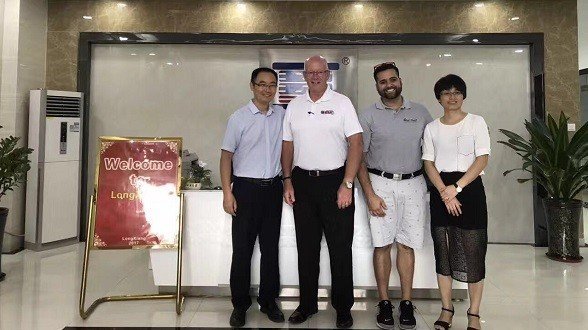If you’re reading this, you probably already know how frustrating it is when development timelines stretch out. You need your parts fast — not in months, but in days or weeks — so you can test, refine, and launch. That’s exactly where rapid prototype injection molding, rapid injection molding, and rapid injection molding prototyping come in. At LXG Mold Tooling, we specialize in making those fast-turn ideas real, reliably and precisely.
Understanding the Terms: What Does “Rapid Prototype Injection Molding” Really Mean?
These phrases are closely related and often used interchangeably, but there are subtle differences:
Rapid Prototype Injection Molding refers specifically to producing prototype parts via injection molding — not via 3D printing or CNC alone. This gives you parts made of production-like materials, with real features, wall thicknesses, textures, etc.
Rapid Injection Molding is a broader category: it covers not just prototypes but also small-batch or low-volume parts made with quicker or lighter tooling (like soft aluminum molds).
Rapid Injection Molding Prototyping emphasizes using rapid injection molding specifically during the prototyping phase — so you can iterate faster.
Rapid Prototyping Injection Molding is another variation of the same idea: producing prototypes via injection molding quickly.
Rapid Tooling Injection Molding refers to the mold-making side — creating molds (often faster, simpler molds) that enable the above workflows.
In practice, all these methods strive to shorten the time and cost between your CAD model and a functional plastic part — often in the range of days to a few weeks rather than the 8–12+ weeks typical with full hardened steel tooling.
Many established players (like Protolabs) advertise “rapid injection molding” as part of their prototyping offering. But while they excel in speed and scalability, there are trade-offs — and that’s where LXG Mold Tooling aims to deliver something better.
Why Rapid Injection Molding Is Gaining Traction
1. Industry demands faster time-to-market
In markets like consumer electronics, medical devices, or electronics accessories, every week lost is revenue lost. Rapid injection molding allows you to test fit, function, and market viability faster.
2. Real materials, real performance
Unlike many 3D-printed prototypes, injection molded parts can use production-grade resins, mimic the mechanical properties, aesthetics, and durability — so test results are meaningful.
3. Iteration without breaking the bank
Rapid tooling or softer molds are easier and cheaper to build or modify than hardened steel ones. So if your design needs tweaks after testing, you can iterate without starting from scratch.
4. Bridge to low-volume production
Once your prototype is validated, you can often transition directly from your rapid mold to a limited run production using the same tooling (or a slightly hardened version). This avoids repeated remakes.
5. Lower upfront cost
Because the molds are simpler (aluminum, softer steels, fewer cavities), the initial investment is lower. This makes rapid injection molding ideal for validation runs, pilot batches, or small markets.
Of course, every advantage has a trade-off. Rapid molds may have shorter tool life, slightly lower tolerances, or limited complexity compared to production-grade molds. We’ll dig into those next.
What to Watch Out For: Trade-offs, Limitations & Best Practices
When you choose rapid injection molding over full production tooling, you’re trading speed and flexibility for some compromises. Knowing them ahead of time ensures you get the most from your investment.
Tool life and durability
Rapid molds (aluminum, softer steels, or hybrid molds) often last fewer cycles — maybe tens of thousands instead of millions. If you need millions, you’ll eventually need a hardened steel mol.
Tolerance & precision
While high tolerances are still possible, extremely tight specs (e.g., ±0.005 mm on large parts) might be challenging in rapid tooling. You must balance design tolerance demands with what the mold can deliver.
Geometry & complexity constraints
Certain features — side actions, deep undercuts, extremely thin walls — can be more difficult or expensive to realize in rapid molds. Also, multi-cavity or very large molds may be restricted.
Surface finish limitations
Highly polished or ultra-premium surface textures may require additional finishing. The mold’s build method influences achievable surface quality.
Cost per part vs. mold cost
For low volumes, rapid injection molding is often more economical, but as volumes scale, per-part costs might be slightly higher than with hardened tooling.
Design for manufacturability (DFM) becomes critical
Because rapid tooling has constraints, you must design with adequate draft angles, wall thickness, and gate locations from the start. Poor design planning inflates cost and delays delivery.
The best providers (and we at LXG are no exception) offer design reviews, DFM feedback, and proactive redesign suggestions to minimize problems downstream.
How LXG Mold Tooling’s Rapid Molding Process Excels
Our goal is to deliver faster, better, and more predictable results than typical competitors. Here’s how we do it:
Step 1: Rapid Quotation & Feasibility Review
Upload your CAD files (STEP, IGES, STL, etc.), and within a short period (often 24–48 hours), we’ll provide a detailed quote. We also flag potential manufacturing challenges (thick-to-thin transitions, draft issues) in advance — not after the mold is built.
Step 2: DFM & Design Optimization
We take your design, run it through tool design simulation, analyze wall thickness, gate locations, confirm cooling channels, and suggest changes to ensure your prototype mold performs well. This is where rapid tooling injection molding begins — optimizing the mold approach before material or build.
Step 3: Rapid Mold Fabrication
Using high-precision CNC, EDM, and possibly 3D printed mold inserts, we build the mold quickly — aluminum, soft steel, or hybrid — depending on your needs. These rapid injection mold tooling methods allow us to shrink lead time dramatically compared to full hardened steel.
Step 4: Pilot Runs, Testing & Validation
Once the mold is ready, we run trial shots, measure dimensions via CMM, perform FAI (First Article Inspection), and monitor SPC data. We’ll work with you to adjust parameters until results match expectations.
Step 5: Prototype Delivery & Iteration
We deliver prototype parts for your evaluation, user testing, or functional verification. If feedback requires changes, we revise the mold or parameters and repeat quickly.
Step 6: Bridge or Low-Volume Production
When prototypes are approved, the same mold (or a slightly upgraded version) can often support low-volume or pilot production runs — letting you maintain continuity and cost efficiency.
Step 7: Transition to Full Production
If your product demands full-scale volumes, you can transition to hardened steel molds. But because you’ve already validated your design and tooling, the risk and cost of transitioning are far lower.
Because we handle every step — mold design, fabrication, injection molding, finishing — in-house at LXG Mold Tooling, communication is seamless and costs are controlled. No finger-pointing between molders and tooling shops.
Real-World Use Cases & When to Use Rapid Prototyping Molding
Consumer Electronics & Enclosures
You’re developing a new wearable, smartphone accessory, or IoT enclosure. You need multiple rounds of fit/feel design validation before the final shell is ready for mass production. Rapid injection molding gives you production-like parts to test usability, assembly, and aesthetics.
Medical Devices & Healthcare Instruments
Regulated industries demand validated designs, biocompatible materials, and strict tolerances. Using rapid prototype injection molding, you can test functionality, sterilization, and ergonomics under real conditions before committing to final tooling.
Automotive Concepts & Connectors
Concept vehicles or new connector designs often must be tested in real environments (heat cycles, mechanical stress) before series production. Rapid injection molding enables early testing under real materials.
Industrial Equipment & Robotics
Heavy-duty housings, custom covers, or brackets can be prototyped and stress-tested via injection-molded parts rather than weaker 3D printed materials.
Market Testing, Pilot Products & Limited-Run Items
If you’re testing a new product on a small batch or in a niche market, investing in full-volume tooling may be premature. Rapid molding gives you a real product that can be sold or tested while keeping tooling cost manageable.
How to Choose a Provider — What Sets LXG Mold Tooling Apart
You’ll find many providers advertising rapid injection mold services (Protolabs, Xcentric, HLH, etc.). But here’s what you should expect — and demand — from a top-tier partner:
✅ Transparent quoting & feasibility review
✅ In-house mold design & simulation (DFM/DFMEA)
✅ Rapid tooling techniques (soft molds, hybrid molds)
✅ Full turnkey control (molding, finishing, inspection)
✅ Strong quality systems (CMM, SPC, FAI)
✅ Material breadth & knowledge
✅ Support for iteration & mold modification
✅ Global logistics, IP security, confidentiality
At LXG, we deliver on all of these — and more. Because we know delays and misalignments kill your schedule and reputation.
Ordering Rapid Prototyping Molding from LXG — Your Step-by-Step Guide
Send your CAD or STEP file via our portal or email
Receive quote & manufacturability feedback within 24–48 hrs
Approve tooling approach (aluminum, hybrid, soft-steel)
We build and test mold, run pilot parts
Deliver prototypes and iterate (if needed)
Move into low-volume or mass production
We keep you in the loop at every stage. There’s no black-box, no surprises. You know exactly when your parts will arrive and why.
Best Practices to Maximize Results
Include draft angles, wall thickness tolerance, uniform section transitions in your design
Avoid extremely deep ribs or sharp corners
Use standard gate types where possible
Think ahead about overmolding, insert molding or multi-material integration
Share tolerance zones (which faces are critical)
Request a mold maintenance or modification plan
Test early and adjust early
Sample Comparison: LXG vs Typical Competitors
| Feature | Typical Rapid Molding Provider | LXG Mold Tooling |
|---|---|---|
| Quotation speed | 24–48 hrs | Same, with deeper DFM feedback |
| Toolmaking method | Outsourced or basic | In-house, hybrid, optimized rapid tooling |
| Iteration flexibility | Limited | Mold modifications built in |
| Full service | Sometimes just molding | Tooling, molding, finishing, assembly |
| Quality assurance | Basic sampling | CMM, SPC, FAI, traceability |
| Material options | Standard resins | 100+ grades including engineering & medical |
| Scalability | Often stuck at 1–10k | Seamless to mass production |
Conclusion: Your Path to Smarter, Faster, Better Prototypes
If your goal is to move faster, test smarter, and validate designs with real materials before committing to full tooling — rapid prototype injection molding and rapid injection molding prototyping aren’t just buzzwords. They’re your bridge to competitive advantage.
Choosing the right partner is just as important. That’s where LXG Mold Tooling shines: combining speed, depth of engineering, tooling expertise, and quality. We don’t just supply parts — we accelerate your innovation.
👉 Ready to move forward? Contact LXG Mold Tooling today to start your rapid molding journey.
3 Steps For Precision Manufacturing
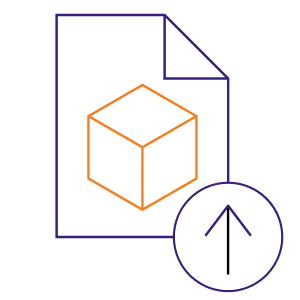
Share Your Files
We’ll sign an MNDA and assess manufacturability for free.

Recieve A Quote
Clear pricing and lead times, no
surprises.

Place Your Order
Lock in production and move forward with confidence.
Get A Quote Now and let’s build smarter, faster, and stronger — together.
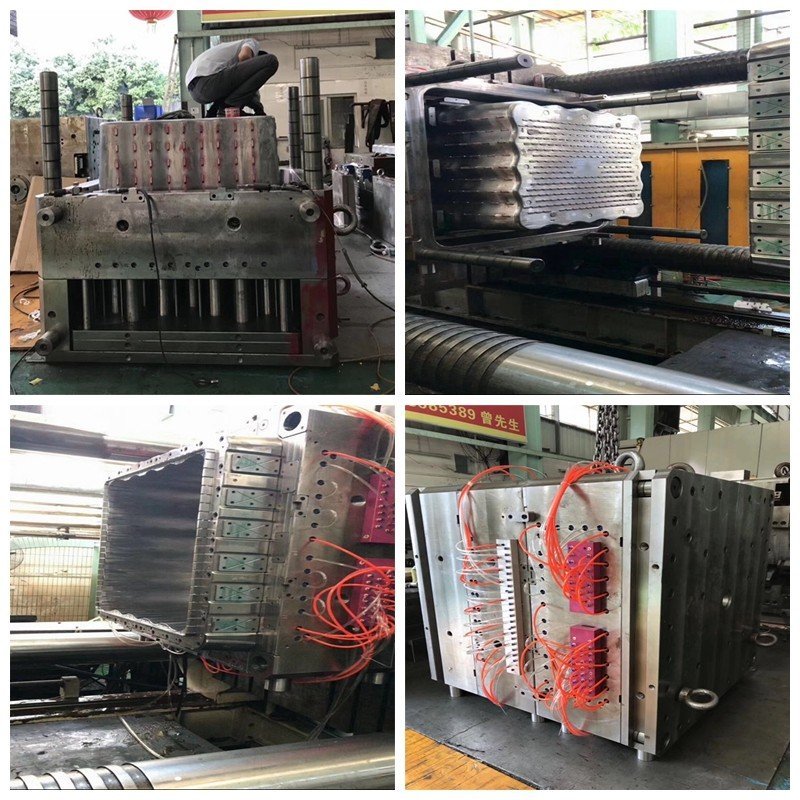
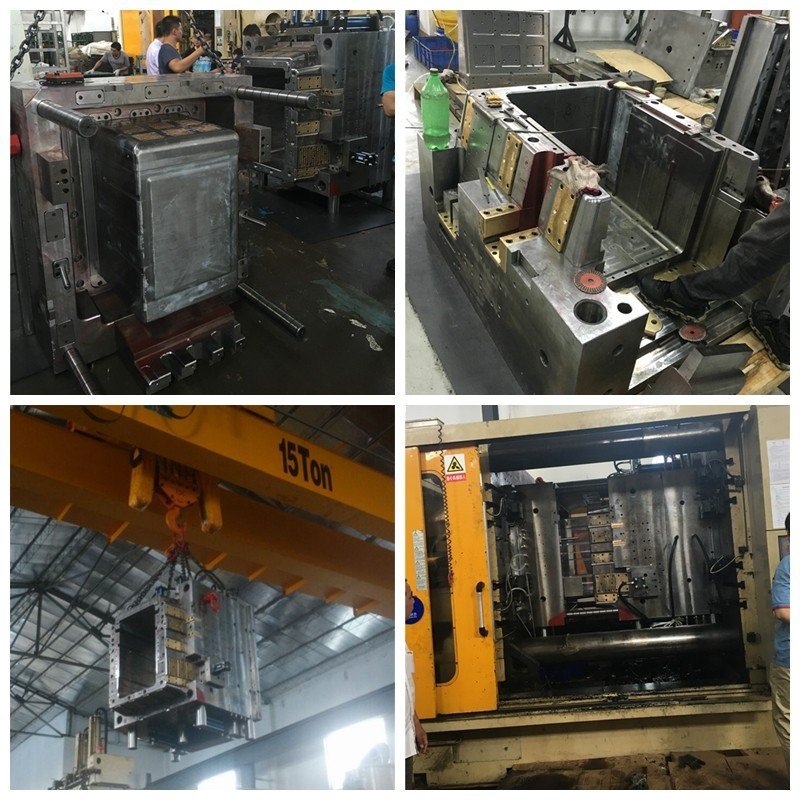
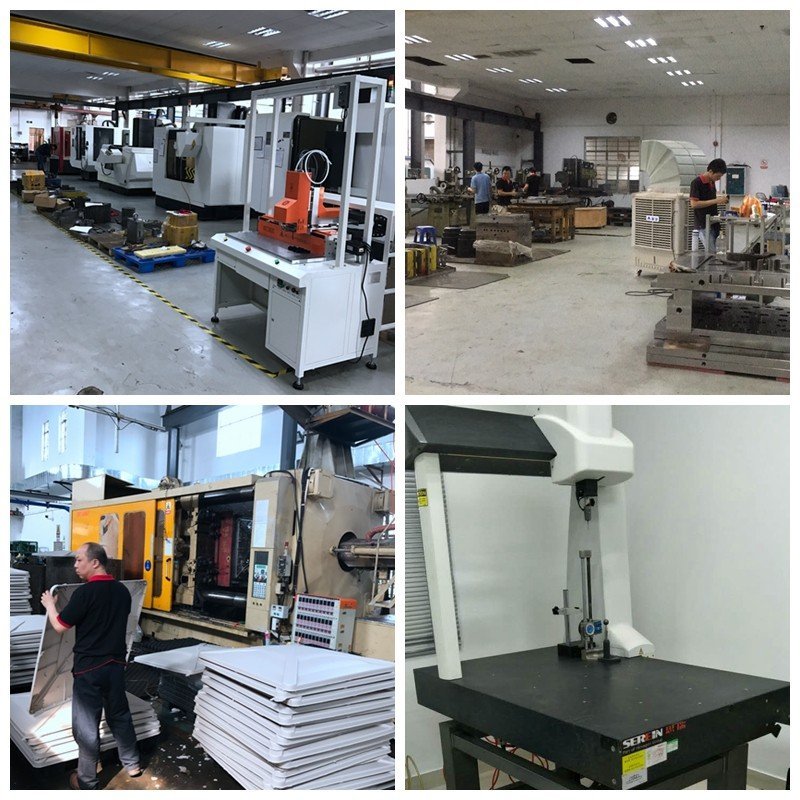
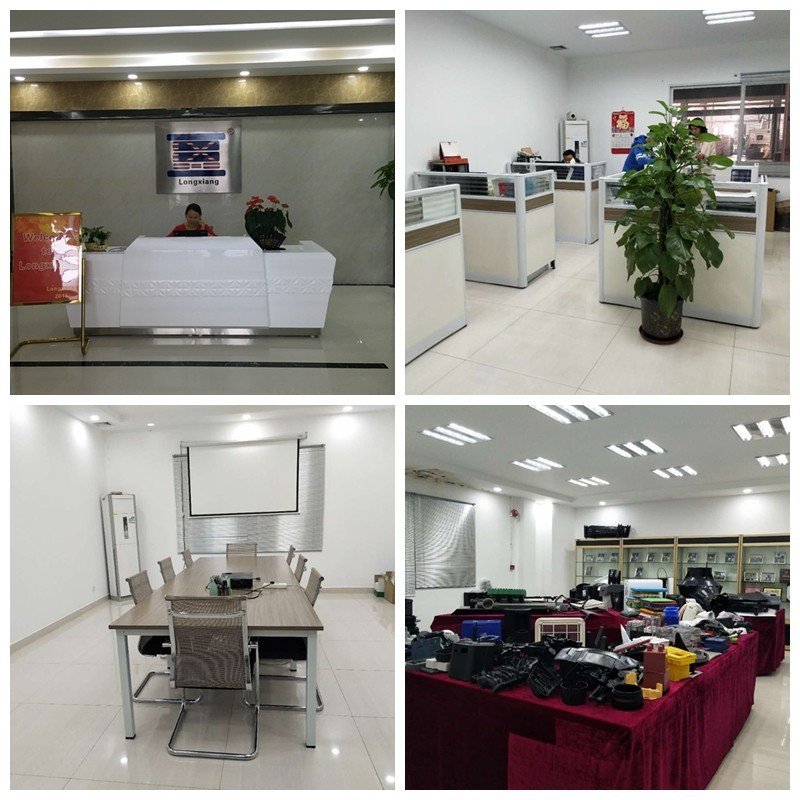
Our Testimonials
our client say's
At LXG Mold Tooling, we believe great products start with great tools. As a global leader in injection mold tooling and high-precision plastic manufacturing, we’ve built our reputation on quality, speed, and trust.
Founded in 2000 as part of LongXiang-Ltd, our company has grown into one of China’s most reputable mold-making and injection molding partners. With a 5,000 sq. meter facility, 120+ skilled professionals, and state-of-the-art equipment, we provide end-to-end solutions — from concept validation and rapid tooling injection molding prototypes to mass production with durable injection molding tools.
